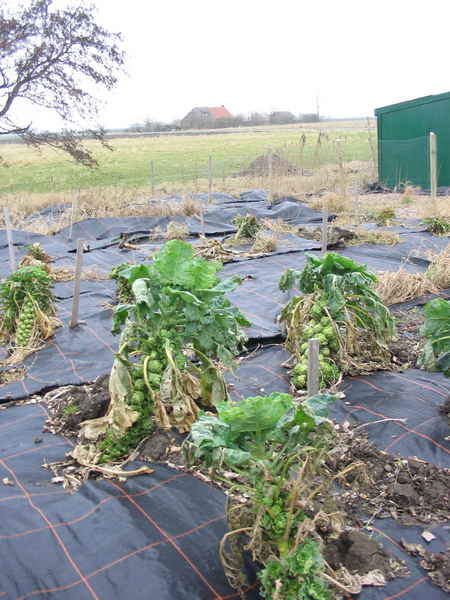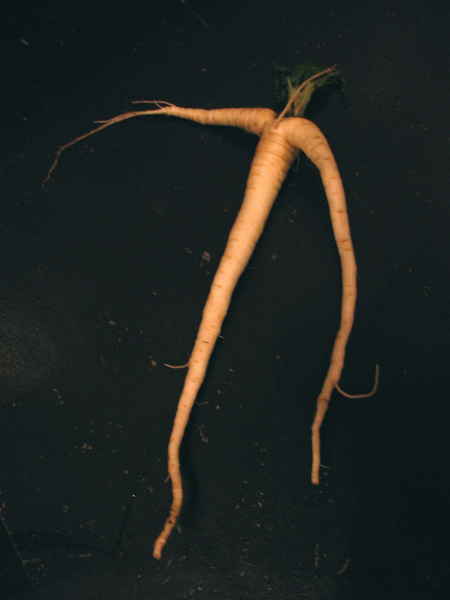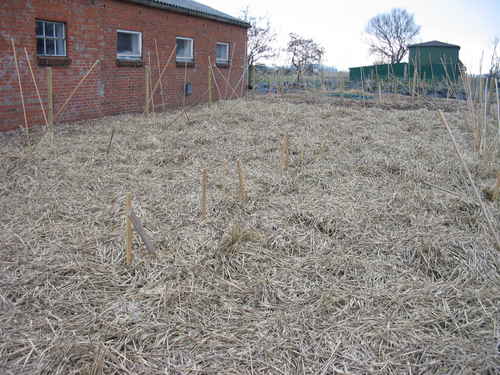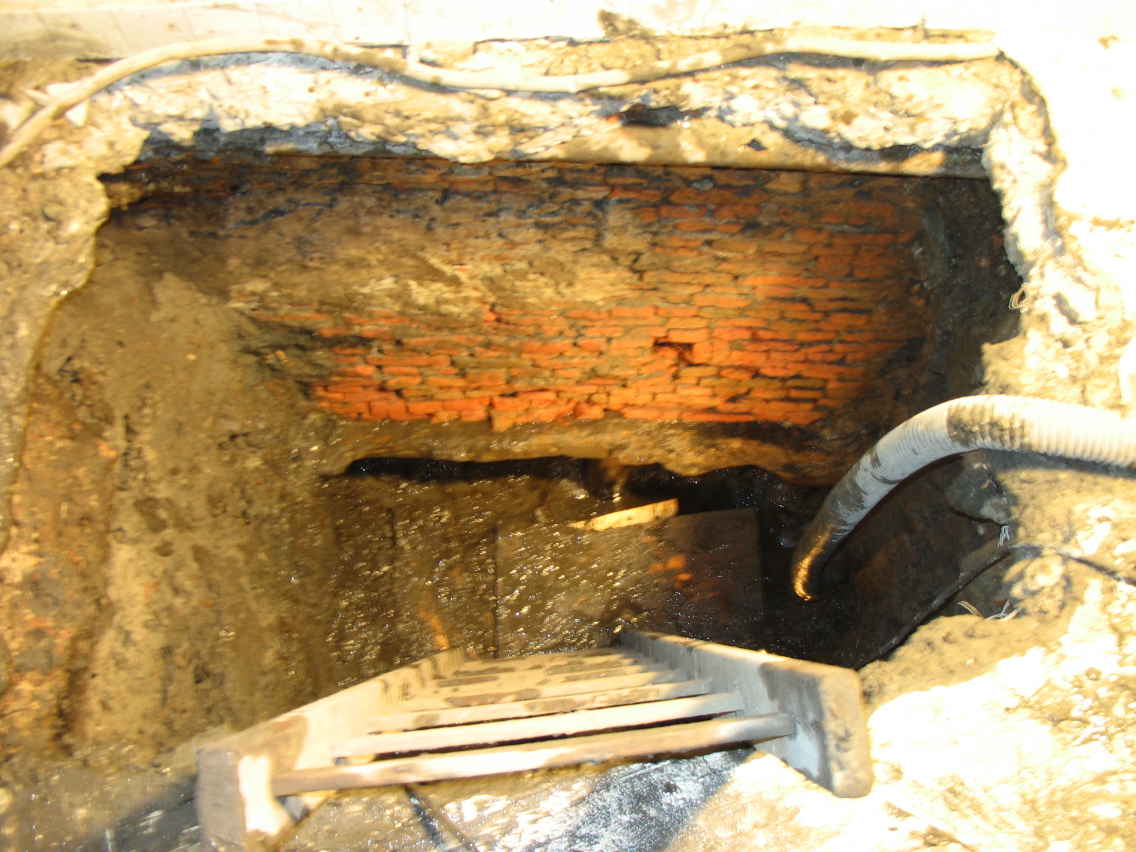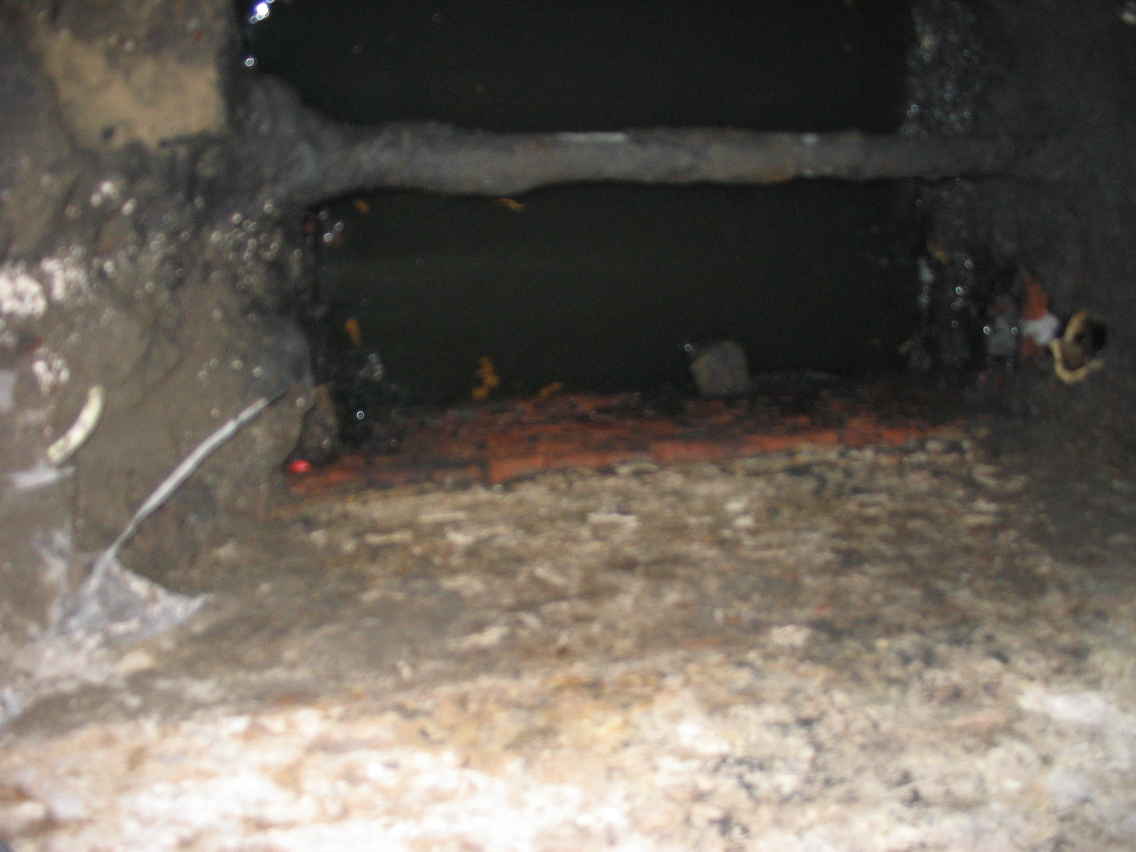Garlic, shallots and multiplier onions are all grown in a similar way, and are a very rewarding crop for the home gardener.
The best time to plant is about one month before the first hard frost in your area or, in the Northern hemisphere, by mid-November at the latest. Garlic will do well in many types of soil, but prefers loose soil rich in organic material. The ideal Ph is about 6.5, and in particular garlic does not do well in acid soil, so be sure to add lime if necessary. Garlic likes to be grown in full sun. To help prevent soil borne diseases, don’t plant garlic in ground that has been used to grow any member of the garlic or onion family plants in the last 5 years.
You can use almost any kind of garlic as planting stock. Supermarket garlic is fine. There are many places on the Internet that sell many special types of heirloom garlic, and it can be worth looking for high quality garlic to make the best use of your growing efforts. Some garlic does better in northern or southern climates, so be sure to pay attention to this when selecting a variety.
To plant, separate the cloves of garlic and plant them about 15-20 cm apart (6 inches or so). Plant them about 5 cm (2 inches) deep. Be sure to plant them deep enough, because winter freezing and thawing can cause them to ‘heave’ or come out of the ground. Big bulbs grow from big cloves, so the small cloves are normally discarded or grown for greens or for ‘spring garlic’. Especially in cooler climates, garlic can benefit from a layer of mulch like hay or straw, in order to protect them in the winter and provide protection against weeds in the spring.
Garlic greens are very tasty in a stirfry or salad. Harvesting greens while the plants are growing will mean the plant has to divert resources that it could have used for larger bulbs to replace the lost greens. If you want a lot of greens, you may wish to grows separate plants for this purpose. When harvested in early spring, some varieties of garlic make nice ‘spring garlic’, similar in appearance to a spring onion. This too can be chopped up and used in a variety of dishes.
In many cases it is not really necessary, but garlic can benefit from some fertilizing, for example with fish emulsion. Frequent, light applications, are better than one big one. You should stop fertilizing the middle of June, because at this stage the fertilizer will interfere with the bulb growth. By the end of June, you should stop watering to help the plants to dry out a bit before harvest. It is very important to keep garlic free of weeds while it is growing.
In broad terms, there are two different types of garlic, soft and hard neck. If you are growing hard neck garlic, sometimes also called Rocambole, a flower stalk will form in the spring. Removing this will allow the plant to put more energy into making larger garlic cloves. Some people also report that removing it also reduces the shelf life of the garlic. I would suggest waiting a few weeks after the flower stalks appear, at least until they have curled like a pigtail, then removing them, in order to achieve a happy medium between the two. This part of the plant is edible!
The seed pod, called a scape, is not a real seed pod in the sense that there is no pollination and it doesn’t contain real seeds. When allowed to mature, it contains ‘bulbils’ that are genetically identical to the parent. When grown, these bulbils will produce true garlic plants and bulbs, but frequently have to be regrown over several seasons before the bulbs grow to their full size. Mostly garlic propagation is done by replanting cloves, not bulbils.
Mid-July, when about half of the leaves on the plant have browned, it’s time to harvest. Harvest the garlic by gently digging it up out of the ground with a shovel or gardening fork. Don’t just pull it up, because the tops will likely break off. Be careful not to bruise it, because bruised garlic will spoil quickly. Do not rinse the dirt off with water. If you like, gently brush some of the dirt of with a soft brush or your fingers.
Now tie the harvested plants in small bunches, and hang them up to dry in an airy place. Always protect garlic from direct sunlight. At this point your garlic is edible, and can be used as is, but won’t store well until it has been cured.
After 4-6 weeks your garlic is dried out and cured. You can remove most of the dirt by gently rubbing off the outer most layer or two of skin. A toothbrush can help a lot removing the last few bits of dirt. If you like, you can now braid soft neck garlic:
http://www.bloomingfieldsfarm.com/garbrdhow.html
Garlic is best stored at about 50% humidity and 15C (60F), but not in the refrigerator. When the humidity is less than this, it is sometimes stored in a paper bag to prevent it from drying out. Garlic needs to breathe, and should never be stored in an airtight container. Home grown garlic almost always lasts longer than commercially grown varieties.
Update 20 March 2006:
I forgot to mention in the spring you have to pull back any covering that you may have put on it. It’s a good idea to leave as much covering in place as possible to protect against weeds, but you need to give the young plants enough space to grow without being blocked.
I did this with my garlic a few days ago, but my garden is at a very northern latitude, meaning these things happen a few weeks later than for most people reading this. If you live in most places in the US, you will probably do this the first week in March. If you live in an area with hard winters, you probably want to do this when you think the worst of the winter has past and there will be no more hard freezes. If you live in a more southern latitude, you may even do this a few weeks earlier.
If you use fertilizer, this is also a good time to start applying it.
